-
Posts
3,490 -
Joined
-
Last visited
-
Days Won
11
Content Type
Profiles
Forums
Resource Library
Events
Gallery
Blogs
Store
Community Map
Posts posted by Glenderg
-
-
John,
Autodesk 123D was retired some time ago, and has been replaced with Tinkercad. I use 123D regularly to export file formats that are China friendly, and I can't understand why they parked it at all.
Noel,
Shapeways are old hat. FUD, at best can do 0.1mm. 10 micron printing is now possible, using SLA techniques - that's 0.01mm layers. 0.1mm is not anywhere like injection moulding at all, and never will be. Laser sintering, polyjet printing, ceramic jet are all far superior to fused deposition modelling, which is that melting filament. Fine for making a replacement handle or similar at home, but no good at all for the miniature world. In fact, 3D printing is going the route of cranking out parts at a speed to beat Injection Moulding, sacrificing resolution along the way, the industry has no time for us that want to produce a single item at really high quality.
Have a look at this - 10 micron resolution wargaming figures.
Dave,
Shapeways is purely a commercial entity that exists by selling on units after. Creator gets a slice, Printer makes a chunk too. And the rule of thumb is that the fee to the customer is 5 times the cost of the material. Imaterialise, on the other hand, don't have a library of content you can pick from, and it's a single Client - Producer relationship, but the quality of prints is night and day above anything I've seen come out of Shapeways.
Anyway, your OP is mighty vague - any chance you'd give us an idea of what you're planning? Rolling stock? Loco's? SLA in N - Gauge is the solution if you do go and print in 3D.
-
More than welcome.
R.
-
Super shots, looks like a great day out. Enjoy the sups.
12mm hand built track in 00, fair dues lads....
Richie.
-
That's correct Ray.
The ballast wagons come in 3 sets of 3, the bubble in 4 sets of 3.
The logic, if anyone's interested, was that when you top and tail a rake of ballasts with plough vans, and add an 071, you'll probably be at the maximum acceptable rake length on the average layout. However, with the cement bubbles not suffering the same requirement (except those that want to run them unfitted with a brake van), a reasonable sized home layout can take a loco and 12 bubbles comfortably.
Whatsmore, those than can go to a prototypical rake of double headed 121's and 24 wagons, can have enough variety in running numbers and logos, such that it doesn't look all "samey".
Richie.
-
Going to have to disagree with my colleague about the ringfield motors. superb bit of engineering that transferred power equally to each axle, only to be let down by pickups and carbon brushes. And size.
But the noise they made was the 80's equivalent of DCC Sound, and they even produced a smell of burning oil that current crop of loco's don't do (Elf n Safety might have something to say about that...!)
Give me a Lima MK3 to butcher any day over a Hornby version...
R.
(This post may contain an unnatural amount of nostalgia and does not reflect IRM's tractive aspirations, despite my efforts
 )
) -
JB should be along shortly with that info on colour. I might be able to assist on the roof vents....*roots furiously...
As you can see from the photos, vents 1,2,5,6,7,8,9 & 10 are evenly spaced. Vents 3 & 4 are closer together.
Why?
CIE, lunar cycle, smellier folk used sit in that zone. Who knows...
Richie.
-
-
Colin,
There's been much discussion on this forum about Silverfox products, which can end up getting quite heated.
Simply put, if you want a model who's cabs look like they've been belted with a swallow tail shovel, and painted in a shade of orange that was specified by Willy Wonka' oompa loompas, rather than CIE, go for it. If you just want to play trains of an evening they'll suit fine.
If you're of the purist persuasion, much work has to be done and I'd recommend the studio scale sulzer b101 kit over SF as it captures the shape.
As far as MM is concerned and metrovicks, until you hear a firm statement from him, ruling in or out, I wouldn't assume anything.
Richie
-
I find it odd that this loco was repainted in the more vibrant MK3 orange we all know and love. I've a sample of the earlier, slightly darker version, taken from the roof of a 121 who shall rename nameless (and it's not TAN!) and it's not RAL 2011.
Forgive the colour blocks on the left, they aren't an accurate "catch all" but if I were making these things in small, I'd have gone for the right colour
 :p
:p 
(cue JHB and a pint exploding somewhere)
Richie.
edit - I'm not knocking IE's valiant efforts, it's a stunning job well executed.
-
 1
1
-
-
It jumped out at me straight away Richie. The Bulk Cement and larger CIE broken wheel looks class. A careful approach to weathering it will hopefully allow the branding to show through in places, thus keeping it's unique look. I am delighted it was chosen for one of the packs.
Rich,
I've tried to find as many unique and odd things as possible to put on the wagons, but as always, there are some compromises. The electrical flash warnings didn't get applied to the pristine 1982 versions, but much later. We added them since they stand out like a sore thumb if being weathered. Those and the tail end rungs of the ladders were the only "clean" parts
 Trying to cater for all scenarios, I spose.
Trying to cater for all scenarios, I spose. Speaking of oddities, whilst doing the various codes for ultrasonic and D tests, I noticed a few wagons had a "Y-LK" exam - was that a pressure test or does anyone know, just for curiosity sake.
Going to push the limits of the Tampo process for this too

R
-
Good news chaps. If a short delay means a top end product, then that's a good compromise for everyone. I actually prefer the CIE Bulk Cement finish myself looking at those graphics.
Rich,
Sadly there was only a single wagon with the "Bulk Cement" branding - it even had the larger broken wheel roundel. Would have liked to have found a few more examples of it for a triple pack, but at least the single one should add some variety to a rake, particularly if folk chose to run them in pristine (
 ) finish
) finish  R.
R. -
With the new motorway network is it not less expensive for companies to transport containers directly by road point to point using HGVs?
Nothing to do with roads. All to do with carbon footprint and big fines from the EU. It's in our interest to get more heavy freight onto rails, rather than roads.
-
@Nelson, park the uniform, this demands your scalpels!!! R.
-
How's all? As someone who's had a lifetime's worth of looking at ballast wagons, both real and small, I thought I'd try and get them to look closer to the real thing.
Basic technique was a wash with goauche, deep brown and some Paynes Grey. As soon as is this is dry, most is taken off again just staying around joints and places where grime collects. Then some weathering using the AK Interactive range of weathering pigments. No airbrushing used, they never accumulated the level of track dirt that bubbles or any other stock received.
Richie.
-
 1
1
-
-
[ATTACH=CONFIG]28176[/ATTACH]
Someone is having a right laugh at your posts?
That's not the right box. Wrenn won't touch it.

-
Well you've seen my stuff, total rivet counter, but I'd be whipping off the cab and bonnet and rebuilding it right. To my eye the bonnet on the donor is too short and the cab too long, but Rule 1 always applies. It's your ****ing railway and you can run what you ****ing well like!
As long as you don't get modellers remorse at some stage, wish you'd gone the extra mile for a prototypical model, or don't try and pass it off as a perfect representation, then it's all good. Rule 1 after all...
But you bring a valid donor to this thread, and lads searching Google for the same idea in time might be pop in here and be able to pick up those models for a few schillings. It's about 40ish years old, after all.
R
-
Roco D214. G class anyone? Remove the railing and modify the cab slightly.
[ATTACH=CONFIG]28133[/ATTACH]
To add some clarity to your post roxy, the wheelbase of that model is 28.8mm,which looks roughly right, but I've no definite data. It would make the g class about 7 ft and change.
The length of the chassis, which is die cast, is 83mm. G class works out at 84ish.
That's the good news. Bad news is that anything above the solebar is way off prototype and wouldn't look like a g class, no matter the amount of 2 foot rules you apply.
Sadly, I'm not aware of any drawings of the G in circulation to aid scratchbuild in, but if I dig any out, I'll add them to the resources section here.
Richie.
-
-
No, we're not. Look at stereo lithography printing, which has been around for years. A machine can cost €100,000,and a print is a couple of grand. Large manufacturers use this process to produce pre production samples you see in magazines. "stereo print"
It's almost as good as rtr but ribbing can be spotted on it.
The issue with 3D printing is that it's an additive process, creating layers, and despite the thin layers, still looks like combed toothpaste.
Look at the reductive processes of starting with a lump and removing the swarf with lasers etc.
That's where the tech is going now, and should be able to produce perfect parts. From a casting and moulding viewpoint, this should make cottage industries more viable.
R.
-
Daryl,
Great stuff, love the very light weathering touch, the mad interior, and the level of finish, particularly steps and battery boxes.
Richie.
-
Noel,
Be questioning Eoin on this craic, he's probably got a sketchbook bursting to the seams with ideas of how and how not to do it
 Something tells me he's got a mad plan before he plugs in his flux capacitor, and all we get to see is the final result.
Something tells me he's got a mad plan before he plugs in his flux capacitor, and all we get to see is the final result. I'm really enjoying these posts, and am looking forward to the end result, but that spring detail has me slightly childishly giddy, it is that good.
Richie.
-
Is this 7mm or 4mm, Dave?
-
The grille opening is 16.5mm wide x 14.5mm high.
-
Easy enough solution.
You'll need to remove the square panel behind, then cut a corresponding square out of evergreen sheet 4525, and fit flush to the opening.
R.
.png.c363cdf5c3fb7955cd92a55eb6dbbae0.png)
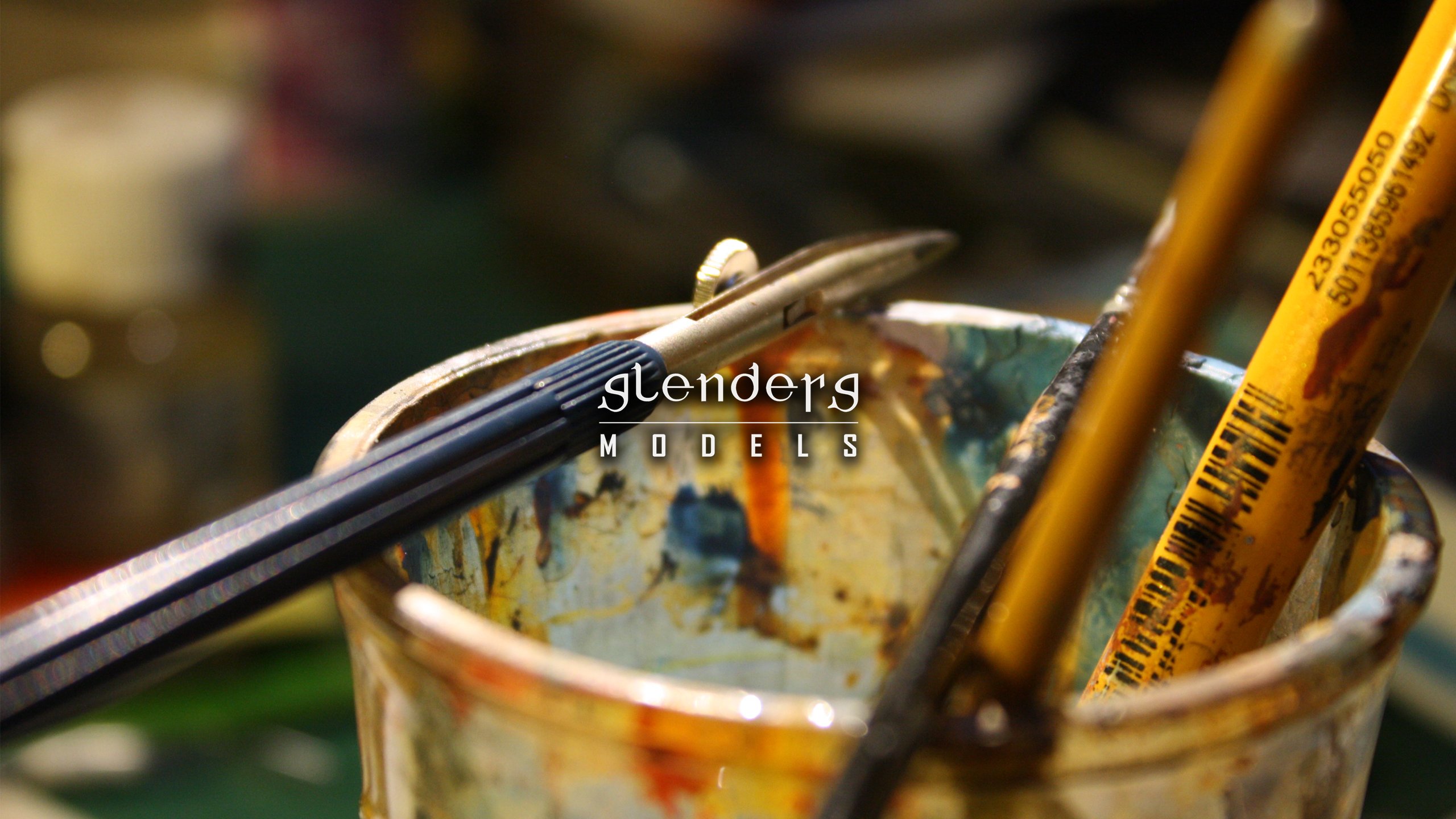

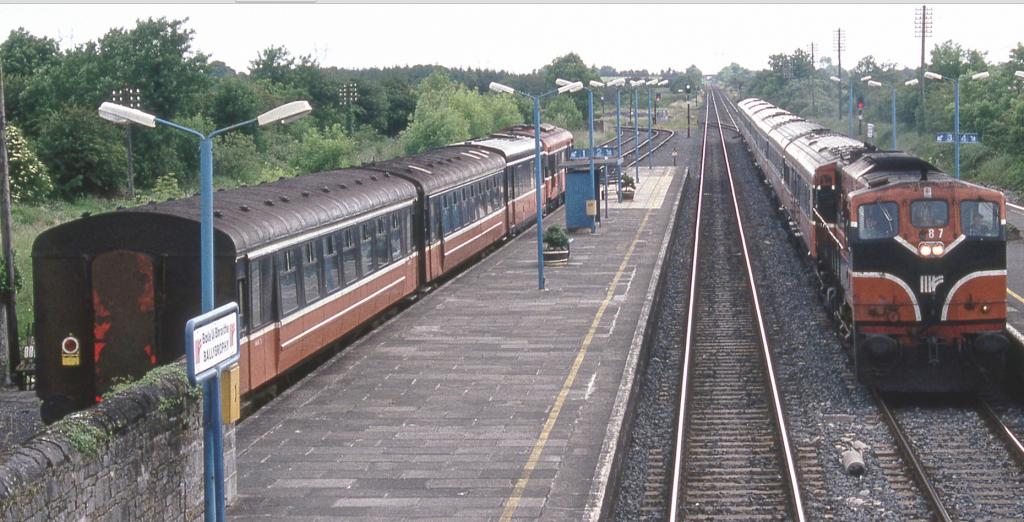

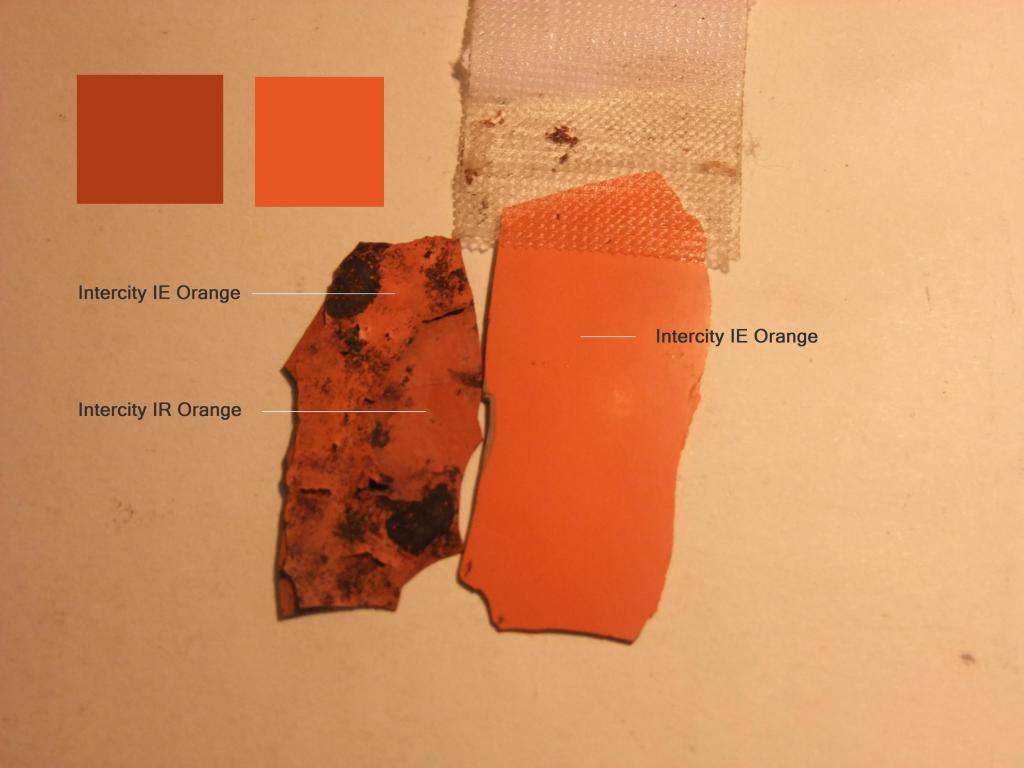
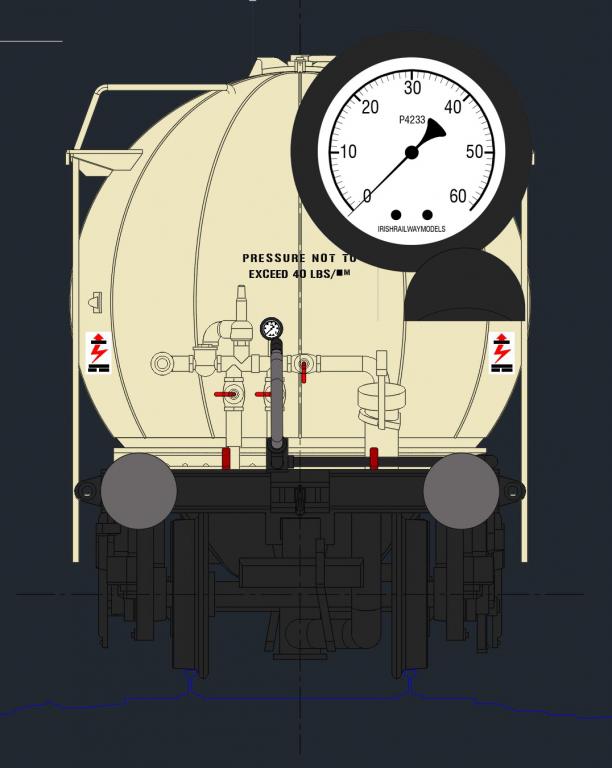
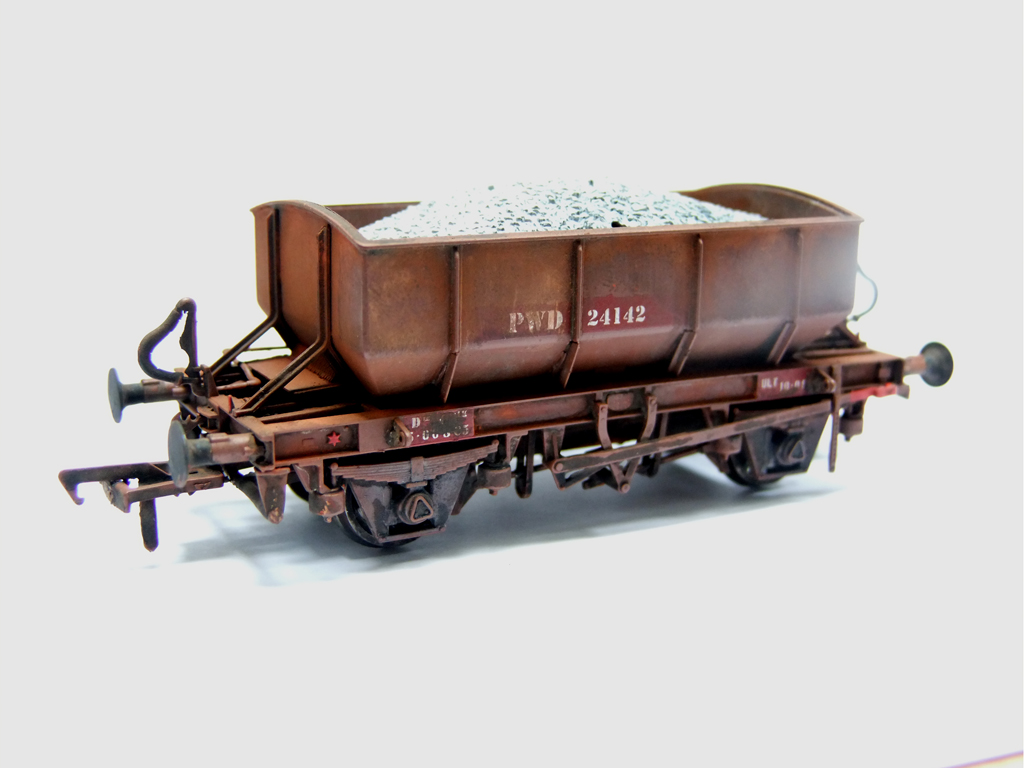
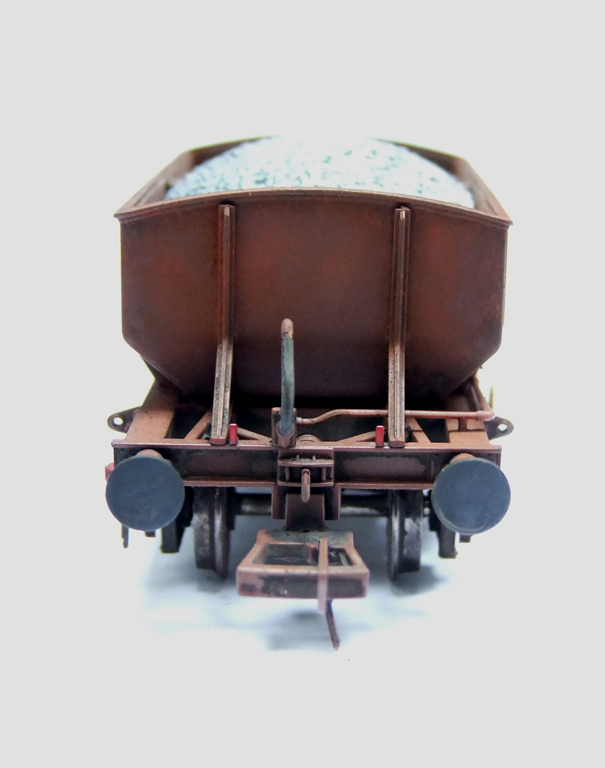
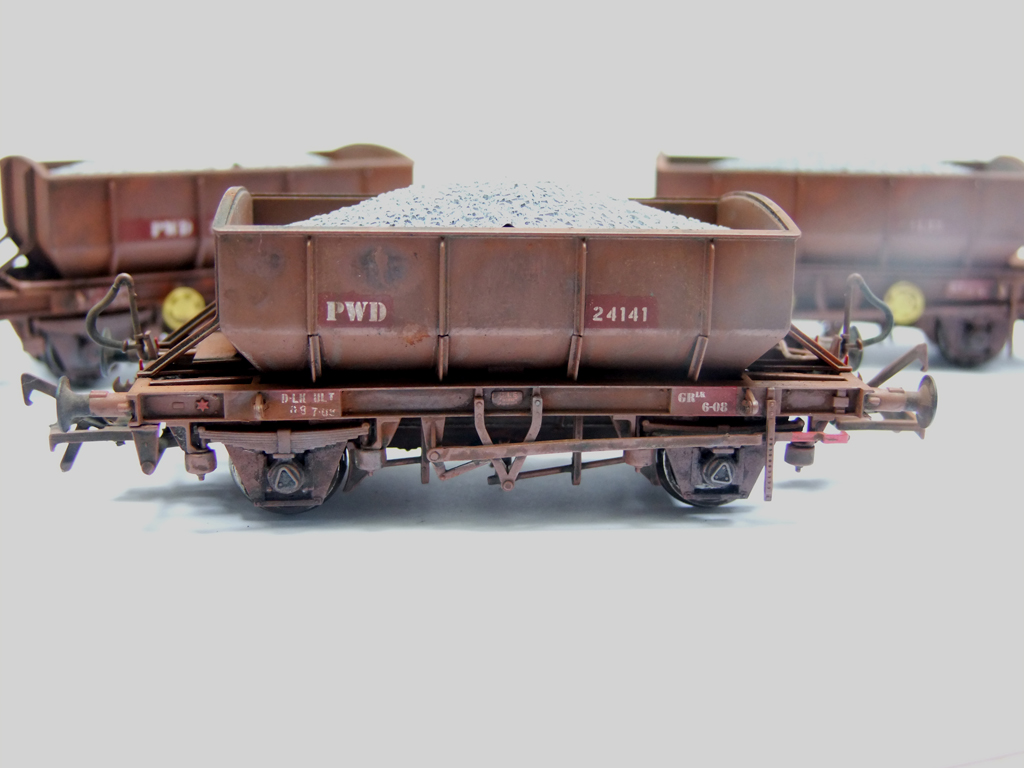
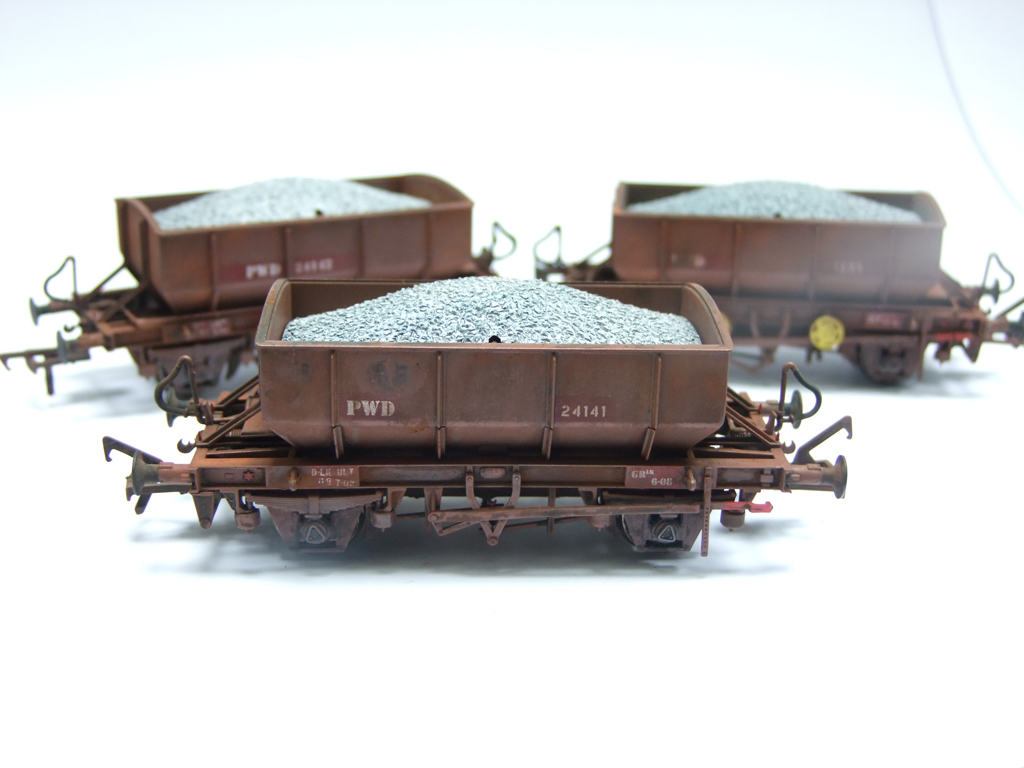
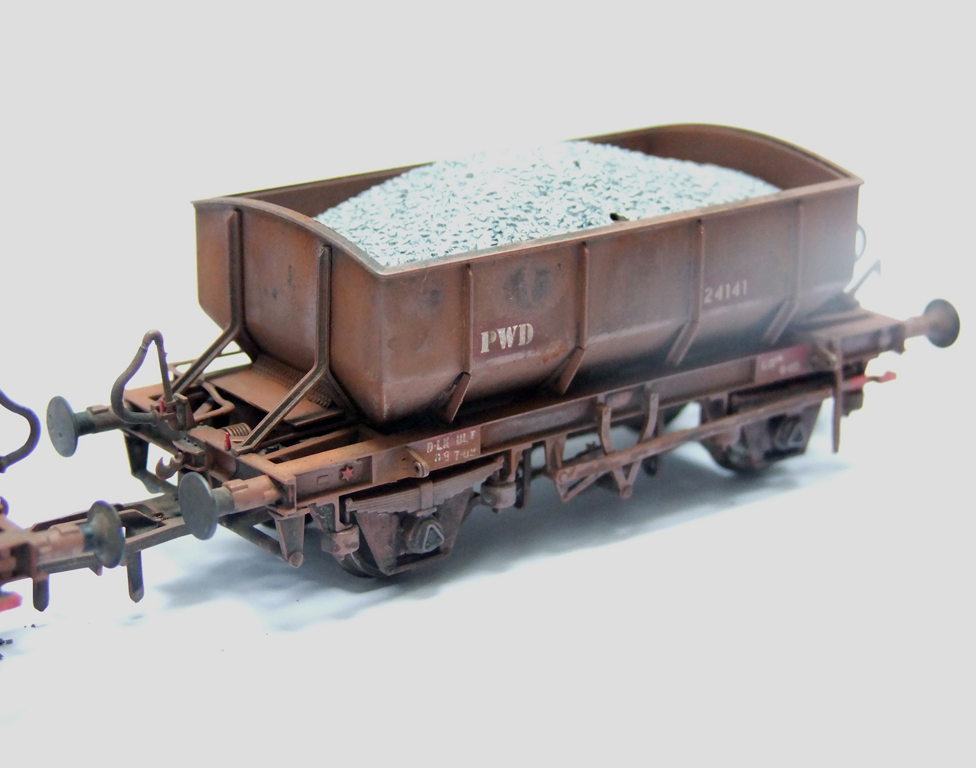
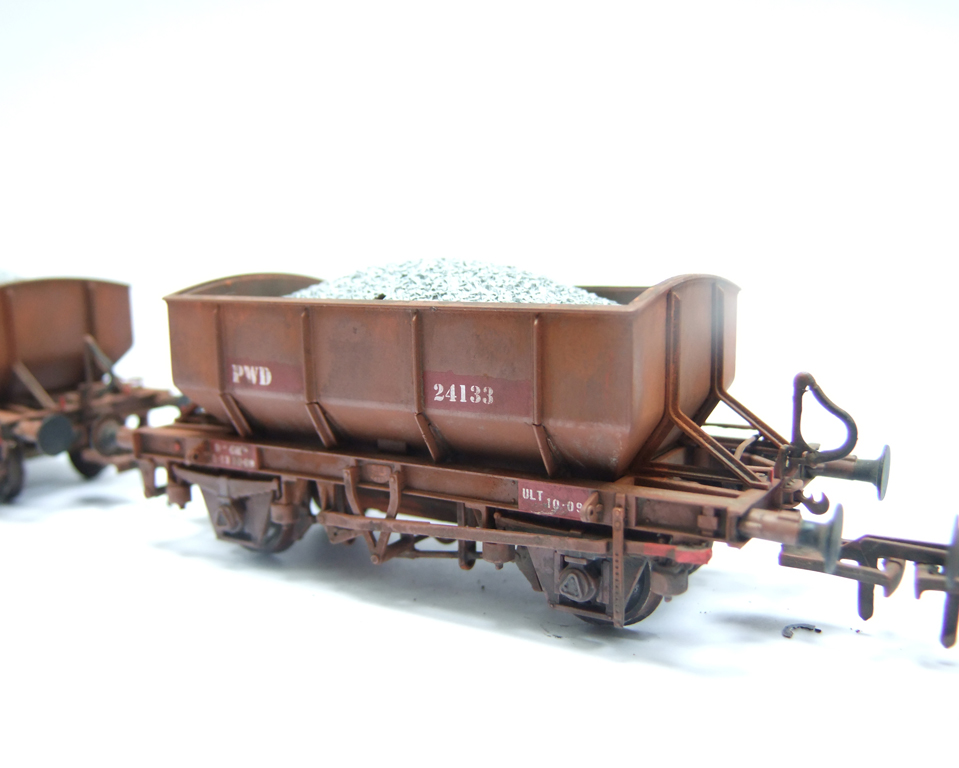
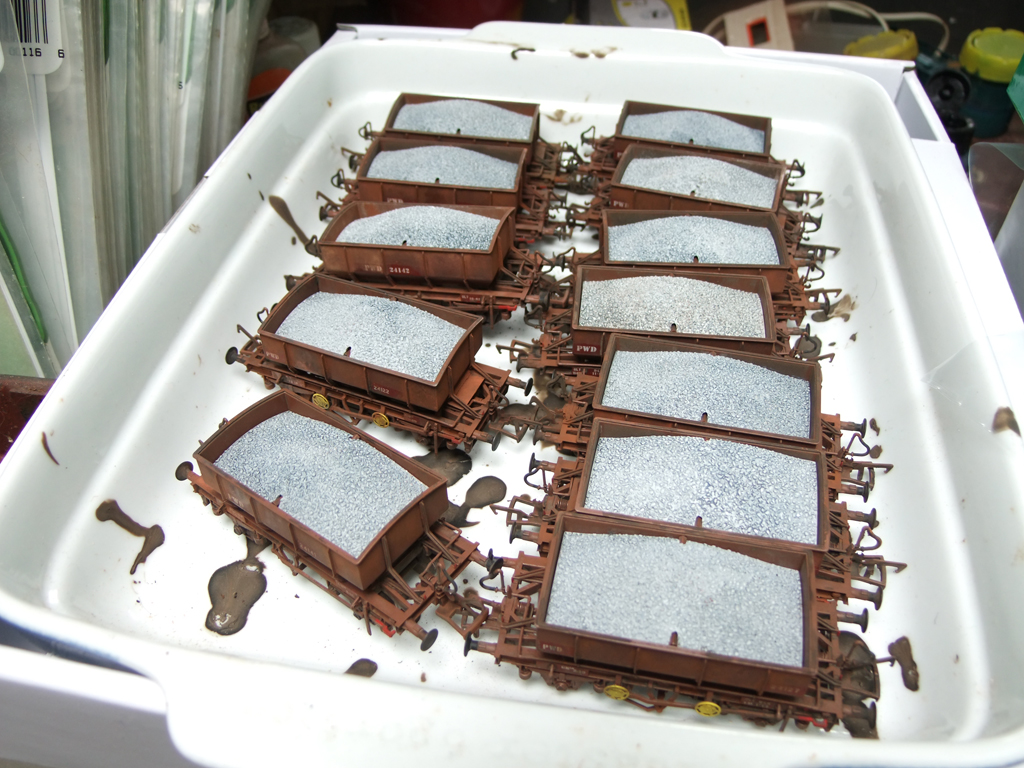
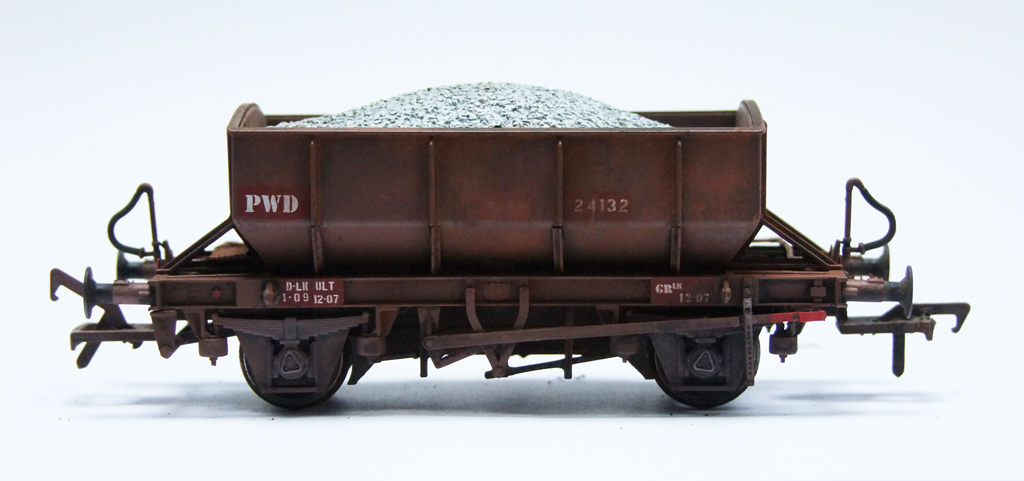
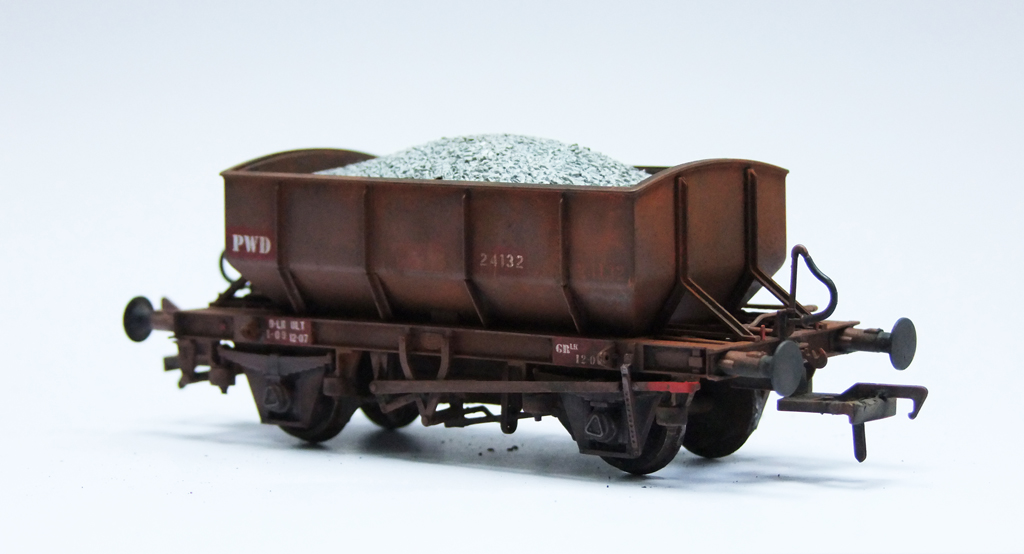
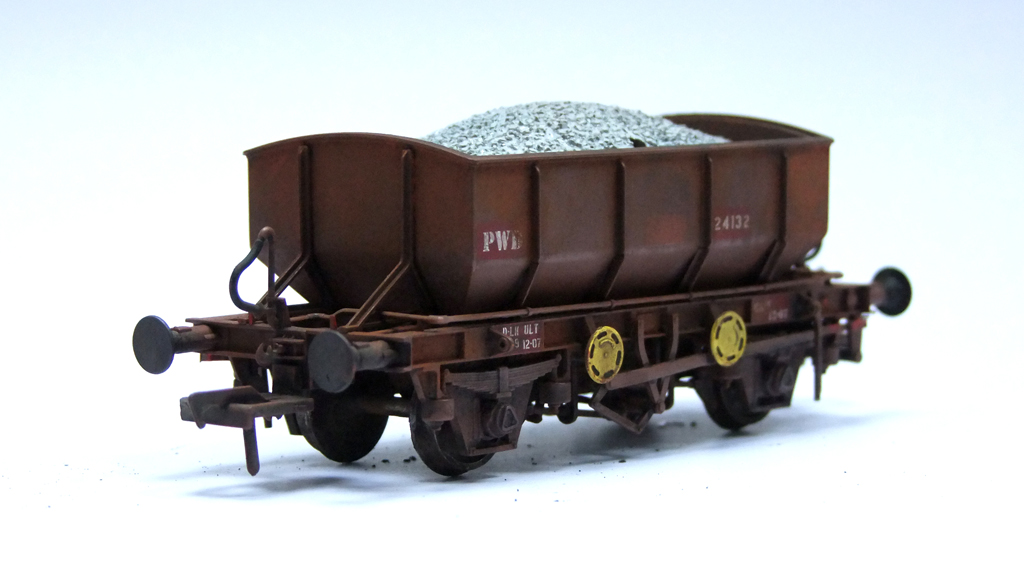

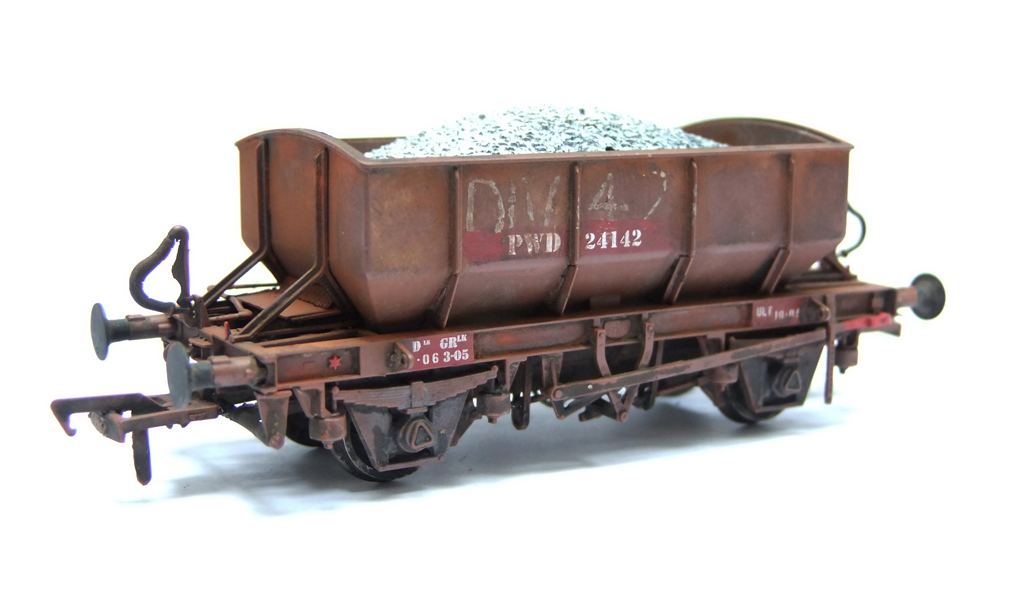
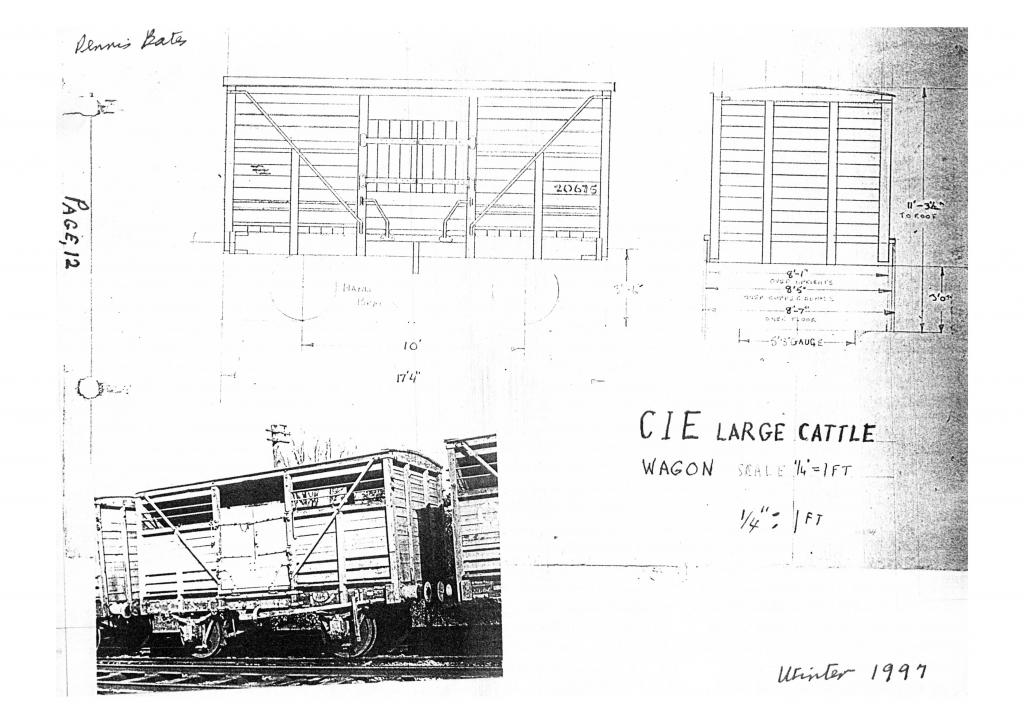
Ballyglunin/Castletown
in Irish Model Layouts
Posted · Edited by Glenderg
Stone is "16" coursed, close jointed random rubble stone, with a dash of the wrong shade of green.
IRM will be assisting on this very worthy project, so I'd encourage anyone who has a passion for active preservation for both the rolling stock and architecture efforts to do as live aid 1984 said - give what you can.
(Now, Geldof is a gob*****, but the lads in Ballyglunin need a hand, we can ape the things the RPSI were doing in 1964..., hon lads, get movin.....)